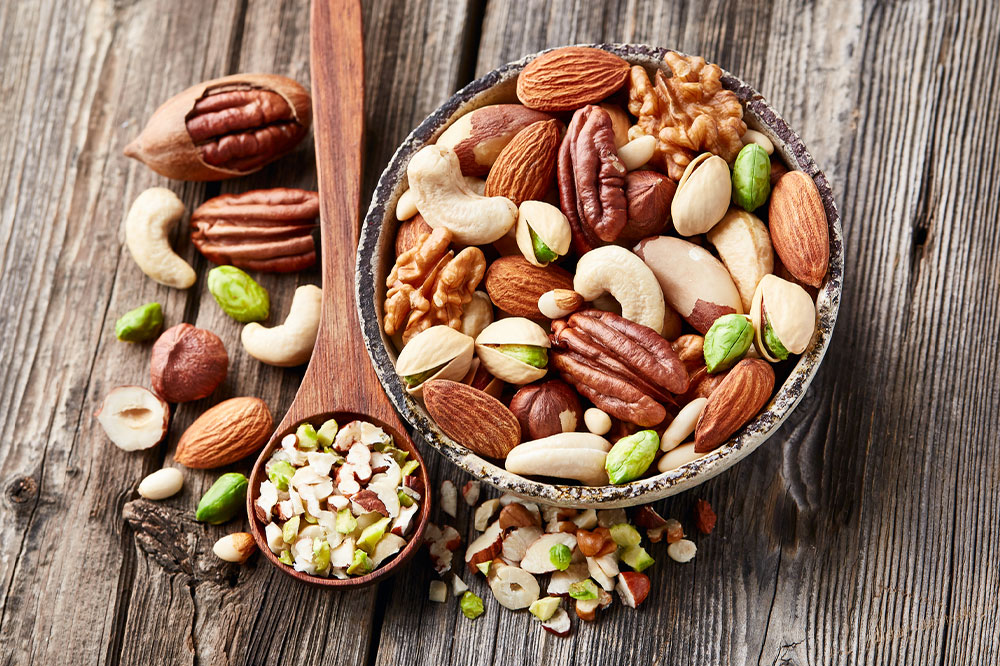8 tips to manage hemophilia symptoms

Hemophilia is a rare blood disorder in which a person’s blood does not form clots, causing spontaneous and excessive bleeding during injuries and accidents. It occurs when the body does not generate sufficient protein essential for blood clot formation. Hemophilia may be classified as mild, moderate, or severe. Although it has no cure, several therapies are being considered to control the symptoms. Experts also recommend other ways to manage hemophilia through lifestyle changes.
Choose iron-rich foods
A patient with hemophilia loses approximately 0.75 micrograms of iron with every 15 ml of blood. Thus, following a meal plan high in iron is crucial. Leafy greens like spinach, kale, broccoli, and Brussels sprouts have high iron levels. Walnuts, hazelnuts, dates, beans, raisins, apricots, red meat, and poultry are other iron-rich foods to incorporate into the nutrition regimen.
Replenish the body with vitamin C
Studies have shown that vitamin C is essential for iron absorption in the body. Hence, accompanying iron-rich foods with foods rich in vitamin C is a great way to manage hemophilia. Items rich in vitamin C include citrus fruits, strawberries, bell peppers, tomatoes, cruciferous vegetables, and lychees.
Stay active
Contact sports and intensive exercises are a no-no for patients with hemophilia. However, low-intensity exercises like walking, dancing, some yoga practices, cycling, and swimming can help with overall physical well-being and prevent a sedentary lifestyle.
Avoid sugary foods
Soft drinks, desserts, cookies, pastries, and other sweet foods can cause toothaches and cavities, which may eventually lead to tooth extraction and, as a result, excessive bleeding. Thus, it helps to limit or avoid foods with added sugar and replace them with natural-sugar sources like fruits and fresh fruit juices.
Be cautious during vaccinations
Everyone should get vaccinated at the right time, irrespective of whether they have hemophilia. But hemophilia patients, especially children with the condition, should be administered doses with caution as they can suffer from blood loss. Parents should ensure the smallest gauge needle is used to prevent bleeding and apply a cold compress frequently once done.
Accident-proof the home
Any injury or accident can trigger bleeding and aggravate blood loss in patients. Thus, it is crucial to accident-proof the home. One should avoid furniture with sharp edges, declutter rooms and passageways, use non-skid surfaces, and install sufficient lights everywhere.
Include whole grains
Whole grains like rolled oats, barley, and brown rice are fiber-rich. Fiber provides adequate satiety, prevents overeating, and helps avoid cholesterol and other lifestyle diseases, lowering the risk of hemophilia complications.
Get annual checkups at a hemophilia treatment center
There are many hemophilia treatment centers in our country. According to research reports, patients who receive treatment at a hemophilia treatment center are more likely to survive than those who do not. Therefore, the best way to manage hemophilia is to visit a nearby health center for comprehensive annual checkups.



